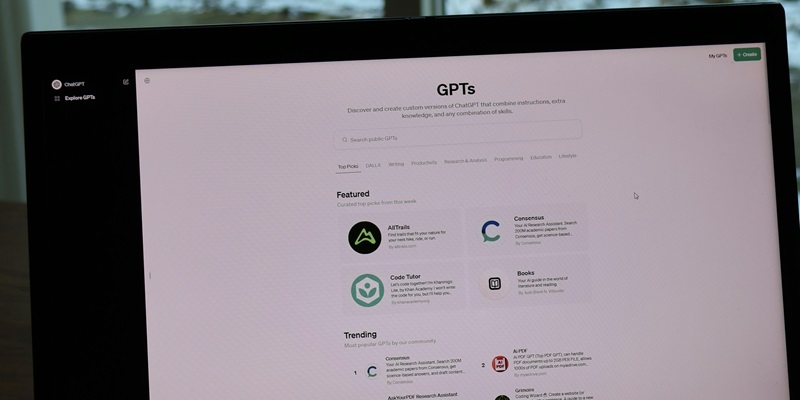OpenAI, a leading artificial intelligence (AI) research organization, recently announced its most advanced AI model, GPT-4, which has raised concerns over the potential for creating biological weapons. In this article, we will delve into OpenAI’s statement, their commitment to evaluating and mitigating risks, and the response from governments worldwide. Additionally, we will highlight the measures taken by President Joe Biden through an executive order, as well as the regulation of high-risk AI activities by European lawmakers.
OpenAI’s Assessment of GPT-4 Capabilities
OpenAI acknowledges that GPT-4, while being an exceptional AI model, has a modest increase in the ability to generate accurate biological threats. The organization considers this finding as a starting point for further research and community discussion. It emphasizes the need to evaluate the risks associated with large language models aiding in the creation of biological threats. OpenAI aims to build high-quality evaluations for bio-risk and other catastrophic risks.
Commitment to Evaluating and Mitigating Risks
OpenAI emphasizes its commitment to assessing and mitigating the risks posed by AI-assisted biological weapon creation. Recognizing the potential benefits that future AI systems can bring, the organization intends to develop effective strategies to counteract the misuse of these technologies. OpenAI emphasizes the importance of collaborating with researchers, policymakers, and the wider community to address this critical issue.
Government Concerns and Safeguarding Measures
Governments around the world share concerns about the potential use of AI in creating biological weapons. The ability of AI systems to generate sophisticated threats raises alarm bells regarding national security and public safety. In response to this growing threat, President Joe Biden signed an executive order in 2022 to create AI safeguards. The order focuses on addressing the potential risks associated with AI, including the creation of biological weapons.
European lawmakers also took action to mitigate high-risk AI activities through the AI Act. The Act aims to regulate AI technologies and protect citizens’ rights. By classifying certain AI activities as “high-risk,” European lawmakers seek to ensure the responsible and ethical deployment of AI. This includes specific provisions to safeguard against the misuse of AI technologies for malicious purposes, such as the creation of biological weapons.
Advancements in OpenAI’s GPT-4 have brought attention to the potential risks associated with AI-assisted biological weapon creation. The organization’s dedication to assessing and addressing these risks, coupled with the response from governments through executive orders and regulations like the AI Act, demonstrates an increasing recognition of the significance of responsible AI implementation. Moving forward, collaboration among stakeholders will be essential in developing effective strategies to ensure the secure and beneficial use of AI, while also guarding against potential threats. Addressing the challenges posed by AI technology is imperative to safeguard national security and uphold public safety.

